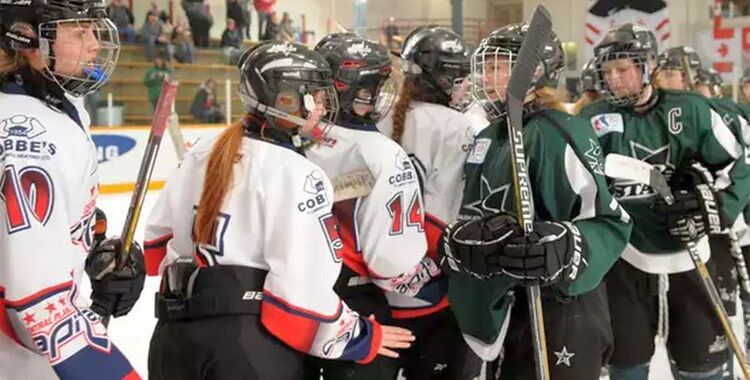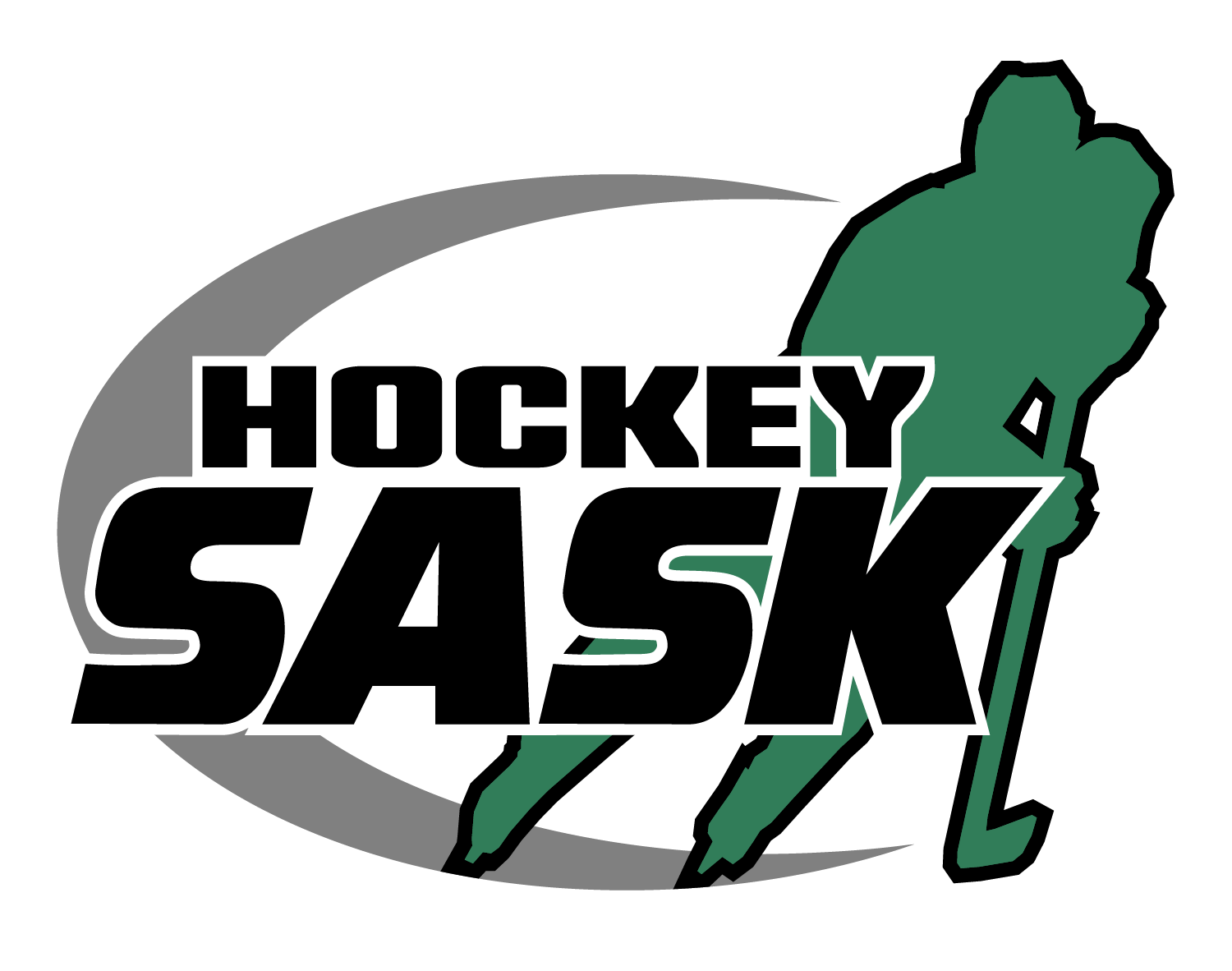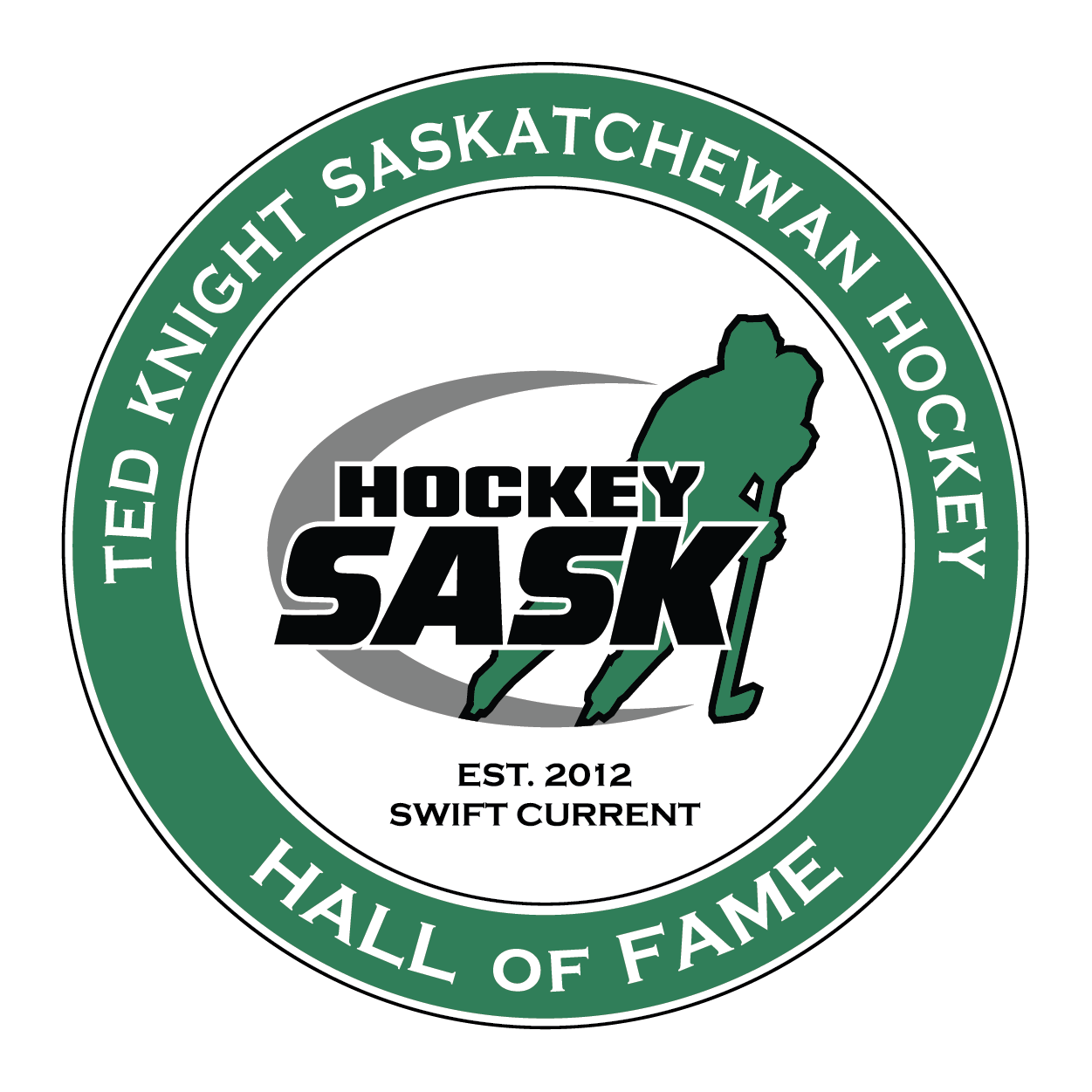How the West has Won

Mar 31
2016
By Wendy Graves via Hockey Canada
This weekend the Saskatoon Stars travel to Shoal Lake, Man., to play the Yellowhead Chiefs in the West Regional on the Road to the Esso Cup. To the winner goes a trip to Weyburn, Sask., the right to play one more week of games … and the mantle of Esso Cup favourite?
The West Region hasn’t won the most medals at the Esso Cup – that distinction belongs to Ontario, which has eight medals, including two gold – but it has won the most Esso Cups: four. Two have come courtesy of teams from Manitoba – the Westman Wildcats (2009) and Pembina Valley Hawks (2012) – and two from teams from Saskatchewan – the Notre Dame Hounds (2011) and Weyburn Gold Wings (2014). The region has also won two other medals, a silver in 2010 (Notre Dame) and a bronze in 2015 (Saskatoon).
What’s been the secret to that seven-year success?
“We’ve established two very competitive leagues between Saskatchewan and Manitoba, so the girls are challenged right from the get-go just to get out of their leagues,” says Ferdi Nelissen, head coach of the Central Plains Capitals. “The girls are challenged to play to their best levels almost every night; otherwise, they’re not going to win a game. It doesn’t matter whether you’re in first or last place.”
To win the Esso Cup, a team has to play seven games in seven days. Players are prepared for that grind because of the grueling playoff structure employed in both provinces, says Chad Kish, head coach of the Gold Wings.
“We have five-game series for our playoffs; we don’t have tournament-style,” he says. “That really makes it so you know who has the grit to go through a five-game series and travel two-and-a-half hours on a weeknight. That’s what I believe is the mental toughness you need to win the Esso Cup, that mental toughness that you’re not going to quit on this.”
The word that you hear a lot when talking about both leagues is parity, and the resiliency that the evenly matched battles instill.
Nine points separated the top four teams in the Manitoba Female Midget Hockey League, with only four points between second and fourth place. All four of those teams allowed fewer than 42 goals during the 28-game regular season.
Four of the nine games necessary during the semifinals of the Saskatchewan Female Midget AAA Hockey League playdowns needed double overtime, and all four games of the championship series between the Stars and Swift Current Wildcats were decided by a single goal.
This wasn’t always the case. For years each league was dominated by one team: Notre Dame and the Pembina Valley Hawks. The two teams met three straight times in the West Regional, from 2010-12; Pembina Valley advanced to two more after that.
Elite players gravitated toward Notre Dame. (And not just in Saskatchewan – four members of the 2011 Esso Cup winning team were Manitobans.) The one-team show ticked people off, says Kish, but it also forced others to be better, which in turn kept elite-level players closer to home. “It made us a better program because of them.”
Nelissen says his team was equally pushed by Pembina Valley, whose boundary is next door to Central Plains’. Increased competition meant players improved and developed on a nightly basis, not just when facing one of the top-ranked team.
“It challenges the players to be better,” he says. “It challenges the coaches to be better.”
Neither province is big, numbers wise, but the recent success of small community teams like Central Plains – the second-smallest region in Manitoba finished fourth at nationals last year – instills belief in others.
“A little team from Weyburn [population: 10,000] goes and wins it and [others] go, ‘we can too,’” says Kish.
West Regional weekend is hardly the first time that one side hears of the other. Tournaments throughout the season allow teams to see each other up close, and both sides admit to peaking over the border to see what’s happening in the other league, especially once playoffs begin.
“Each team really wants to put it to each other,” says Kish. “It’s close. It doesn’t matter who comes out of Saskatchewan or Manitoba, it’s going to be hard. The mistake that you make is probably the difference in winning or losing.”
Saskatchewan leads the all-time head-to-head match-up 4-2. (Technically, 5-2: with two berths in the Esso Cup last year, the West Regional wasn’t necessary; the Stars preliminary-round win over the Capitals – and again in the bronze medal game – gave Saskatchewan 2015 bragging rights.)
“Manitoba and Saskatchewan have always had rivalries in everything we do. I don’t think this is any different,” says Nelissen, before laughing, “I think it’s a very classy, clean, hard-nosed rivalry, but it’s a rivalry.”
But clearly it’s also a friendly and respectful one, and once it’s decided each year, two sides are able to cheer for one, for one week anyhow.
“Absolutely, I want the West Region to win [the Esso Cup],” says Nelissen, “because that just shows what a great region we have.”
Related Articles

Hockey Saskatchewan Membership Presentation: October 2025 – WATCH

Canadian Coaches Named for 2025 Junior A World Challenge

Hockey Saskatchewan Recognizes 11.4 and 11.5 Maltreatment Awareness Days

Canada Red Wins Gold at 2025 U17 World Challenge




















